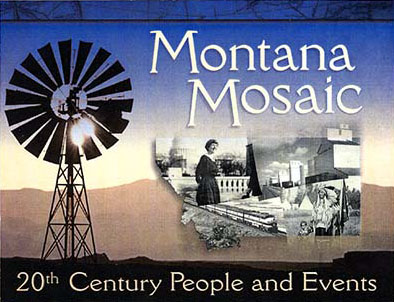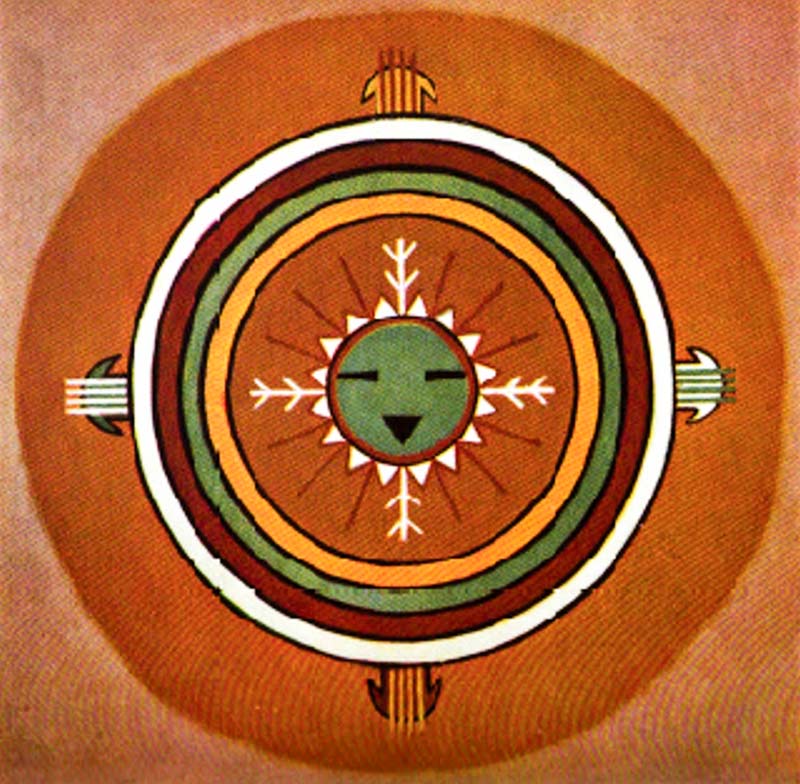Montana’s Mosaic: Exploring the State’s Native American Reservations
Montana’s Mosaic: Exploring the State’s Native American Reservations

Montana, known for its rugged beauty and wide-open spaces, also holds a rich tapestry of Native American history and culture. Scattered across the state are 12 federally recognized reservations, each with its own unique story and traditions. These lands, often referred to as "Indian Country," are more than just geographical locations; they are vibrant communities with a deep connection to the land and a legacy that stretches back centuries.
A Tapestry of Tribes
Related Articles: Montana’s Mosaic: Exploring the State’s Native American Reservations
- Discover the Enchanting Native Heritage of Florida's Indian Tribes
- Unveil Denver's Native Heritage: A Journey into Indian Tribes and Cultural Treasures
- Uncover the Enchanting Tapestry of Native American Reservations in New Mexico
- Unveiling the Heritage of Native American Tribes in Oklahoma and Wyoming: Discoveries and Insights Await
- Unveiling the Vibrant Fabric of Native American Tribes in Oklahoma Today
Montana’s diverse landscape reflects the diversity of its Native American populations. From the Blackfeet Nation in the north, known for their skilled horse riders and traditional dances, to the Crow Tribe in the south, famous for their buffalo hunts and intricate beadwork, each reservation has its own distinct identity.
The Blackfeet Nation: Nestled in the shadow of the Rocky Mountains, the Blackfeet Reservation is home to the Blackfeet Nation, one of the largest and most powerful tribes in the region. Their history is interwoven with the land, and their traditions continue to thrive today. From the famous Sun Dance to the intricate beadwork that adorns their clothing, the Blackfeet people maintain a strong connection to their heritage.
The Crow Tribe: In the southeastern corner of Montana, the Crow Tribe holds a special place in the state’s history. Known for their skilled warriors and their unique language, the Crow people have long been respected for their resilience and independence. Their reservation, the largest in Montana, is a testament to their enduring spirit.
The Flathead Nation: Located in the heart of Montana, the Flathead Nation is known for its rich cultural heritage. Their reservation is home to the Salish, Kootenai, and Pend d’Oreille tribes, each with its own distinct language and traditions. The Flathead people are known for their beautiful beadwork, their skilled basket weavers, and their deep respect for the natural world.
Beyond the Reservations: A Shared History
While reservations are important centers of Native American life in Montana, they are not the only places where Native American culture is present. Throughout the state, you can find evidence of the rich history and traditions of the Native American people. From ancient petroglyphs etched into the rocks to the stories passed down through generations, Native American culture is deeply woven into the fabric of Montana.
Exploring the Reservations: A Journey of Discovery
Visiting Montana’s reservations is a rewarding experience, offering a glimpse into the vibrant cultures and traditions that have shaped the state. Here are some ways to experience the unique offerings of each reservation:

- Cultural Centers: Many reservations have cultural centers that offer exhibits, demonstrations, and educational programs about their history and traditions. These centers are a great place to learn about the tribes’ languages, art forms, and stories.
- Powwows: Powwows are vibrant celebrations of Native American culture, featuring colorful regalia, traditional dances, and drumming. These events are often held throughout the year on reservations and in surrounding communities.
- Museums: Several museums across Montana showcase Native American artifacts and art, providing a glimpse into the rich history and culture of the state’s indigenous people.
- Art Galleries: Native American artists are known for their unique and beautiful art, which often reflects their connection to the land and their cultural traditions. Many galleries across the state feature work by Native American artists.
- Land-Based Activities: Many reservations offer opportunities for outdoor recreation, such as hiking, fishing, and camping. These activities provide a chance to connect with the natural world and appreciate the beauty of the land that has sustained Native American communities for centuries.

Respecting the Land and its People
When visiting Montana’s reservations, it’s important to remember that these are living communities with their own customs and traditions. It’s crucial to be respectful of their culture and to follow local guidelines. Here are some tips for responsible travel:
- Dress modestly: Avoid wearing revealing clothing or clothing with offensive imagery.
- Be mindful of your language: Use respectful language and avoid making generalizations or stereotypes.
- Ask permission before taking photos: Always ask for permission before taking photos of people or cultural sites.
- Respect private property: Stay on designated paths and avoid entering private areas.
- Support local businesses: Shop at local businesses and support the reservation economy.

A Legacy of Resilience
Montana’s Native American reservations are a testament to the resilience and spirit of the indigenous people who have called this land home for generations. Despite the challenges they have faced, they have maintained their cultural traditions and continue to thrive. By visiting these reservations and learning about their history and culture, we can gain a deeper understanding of Montana’s past and present, and appreciate the richness and diversity that Native American communities bring to the state.
FAQ about Indian Reservations in Montana
Q: How many Indian reservations are there in Montana?
A: There are 12 federally recognized Indian reservations in Montana.
Q: What are the names of the tribes that live on the reservations?
A: The tribes that live on the reservations are:
- Blackfeet Nation
- Crow Tribe
- Flathead Nation (Salish, Kootenai, and Pend d’Oreille tribes)
- Fort Belknap Indian Community (Assiniboine and Gros Ventre tribes)
- Fort Peck Tribes (Assiniboine and Sioux tribes)
- Little Shell Tribe of Chippewa Indians of Montana
- Northern Cheyenne Tribe
- Rocky Boy’s Indian Reservation (Chippewa Cree Tribe)
- Salish and Kootenai Tribes
- Confederated Salish and Kootenai Tribes
- Turtle Mountain Band of Chippewa Indians
-
Q: Are there any casinos on the reservations?
A: Yes, several reservations in Montana have casinos, which are a source of revenue for the tribes.
Q: What are some of the cultural events that take place on the reservations?
A: Some of the cultural events that take place on the reservations include powwows, traditional dances, storytelling sessions, and craft demonstrations.
Q: How can I learn more about the history and culture of Montana’s Native American tribes?
A: You can learn more about the history and culture of Montana’s Native American tribes by visiting cultural centers, museums, and historical sites on the reservations. You can also read books and articles about Native American history and culture, and attend lectures and workshops on these topics.
Q: How can I support the Native American communities in Montana?
A: You can support the Native American communities in Montana by visiting their businesses, attending their events, and donating to their organizations. You can also learn about their issues and advocate for their rights.
Exploring Montana’s Native American reservations is an enriching experience that offers a glimpse into the vibrant cultures and traditions that have shaped the state. By respecting the land and its people, we can contribute to the preservation of these unique communities and their invaluable heritage.

Closure
Thus, we hope this article has provided valuable insights into Montana’s Mosaic: Exploring the State’s Native American Reservations. We appreciate your attention to our article. See you in our next article!